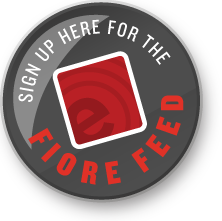From Backpack to Briefcase: The Transition from Academic to Professional Writing
In my short time as an intern at Fiore Communications, I feel as though I’ve learned almost as much about writing as I have during my two years in the Editing, Writing, and Media program at Florida State. The writing I produced as a student was grounded in my studies and intended for an academic audience, with titles or headlines that would bore the average reader. But here I write as a young professional in a non-academic setting with a real-world audience, and that makes a huge difference in the the writing process.

Ms. Kitty is tired from staying up all night updating her blog.
My studies taught me a lot of important theory and included a thorough history of written communication spanning from the Sumerians in Mesopotamia, to Plato and Socrates in Ancient Greece, to Chaucer’s illustrated Canterbury Tales, to Banksy in present-day London. I learned that all writing and communication is produced within a distinct “rhetorical situation,” which encompasses intent, audience and constraints.
The professional writing I do here challenges me in new ways mainly because the rhetorical situation has changed so drastically. No longer am I trying to get an “A” from a single professor, but rather engage with an audience as wide as the Internet itself. Instead of developing theses, I brainstorm for topics. Instead of aiming for good grades, I hope for comments, retweets or shares. These are the goals I have in mind before I even begin the writing process
The papers I wrote for school had more or less the same intent and audience – demonstrating to my professors that I had a thorough understanding of the course material that I could apply to personal research. Even if the assignment was to produce an informational pamphlet for theoretical incoming students to peruse, I knew when I was writing that the true audience would be my professor, and that ever so slightly altered my approach to the content. My language remained more formal, my structure more rigid and my examples more traditional and less contemporary.
If I started my blog posts the way I did my papers, I would quickly lose the attention of web readers who are unlikely to stick around waiting for me to get to my point. Once I introduce an idea, I immediately begin expanding on it, building on real-world examples or experiences rather than academic texts. I’m also able to use a little more informal language and write in first person, which is a welcome change and an effective way to connect to readers on a more personal level. Furthermore, I’m allowed more creative freedom in choosing what topics I want to blog about, which is exciting and extremely challenging at the same time.
 My academic writing was very structured, following the formula I learned at the beginning of my college career. The first paragraph would utilize a broad lead-in, narrowing down through the paragraph and ending with my thesis as the last sentence. Each following paragraph would offer a new piece of evidence that supported my thesis, expanding on its ideas. I’ve gotten to the point where I can pump out a six- to eight- page research paper with an original thesis in less than a day (though I wouldn’t want to). Although my writing process has shifted quite a bit, there are some things that remain the same. I still have to create a natural flow or a common thread that ties each new idea to the last without it seeming forced or insincere. The majority of articles I write require some amount of research just like my papers. I continue to finagle over word choice and syntax. I still have to stare at a blank screen for 20 minutes before I can think of the best way to start.
My academic writing was very structured, following the formula I learned at the beginning of my college career. The first paragraph would utilize a broad lead-in, narrowing down through the paragraph and ending with my thesis as the last sentence. Each following paragraph would offer a new piece of evidence that supported my thesis, expanding on its ideas. I’ve gotten to the point where I can pump out a six- to eight- page research paper with an original thesis in less than a day (though I wouldn’t want to). Although my writing process has shifted quite a bit, there are some things that remain the same. I still have to create a natural flow or a common thread that ties each new idea to the last without it seeming forced or insincere. The majority of articles I write require some amount of research just like my papers. I continue to finagle over word choice and syntax. I still have to stare at a blank screen for 20 minutes before I can think of the best way to start.
There are many professional settings in which writing is required, and blogging is only one of them. The important thing to remember, before you even begin the writing process, is to write according to you rhetorical situation. What is the intent behind the writing – what does the author hope to accomplish through this piece of writing? Who is the audience, and how can you tailor your work to them? What constraints are you working with – deadlines, a board of directors with strict guidelines, industry-specific language, anything that stops you from writing or communicating exactly what you are thinking? These all play in to how your final product will turn out. Being aware of them will strengthen your writing and communication.





